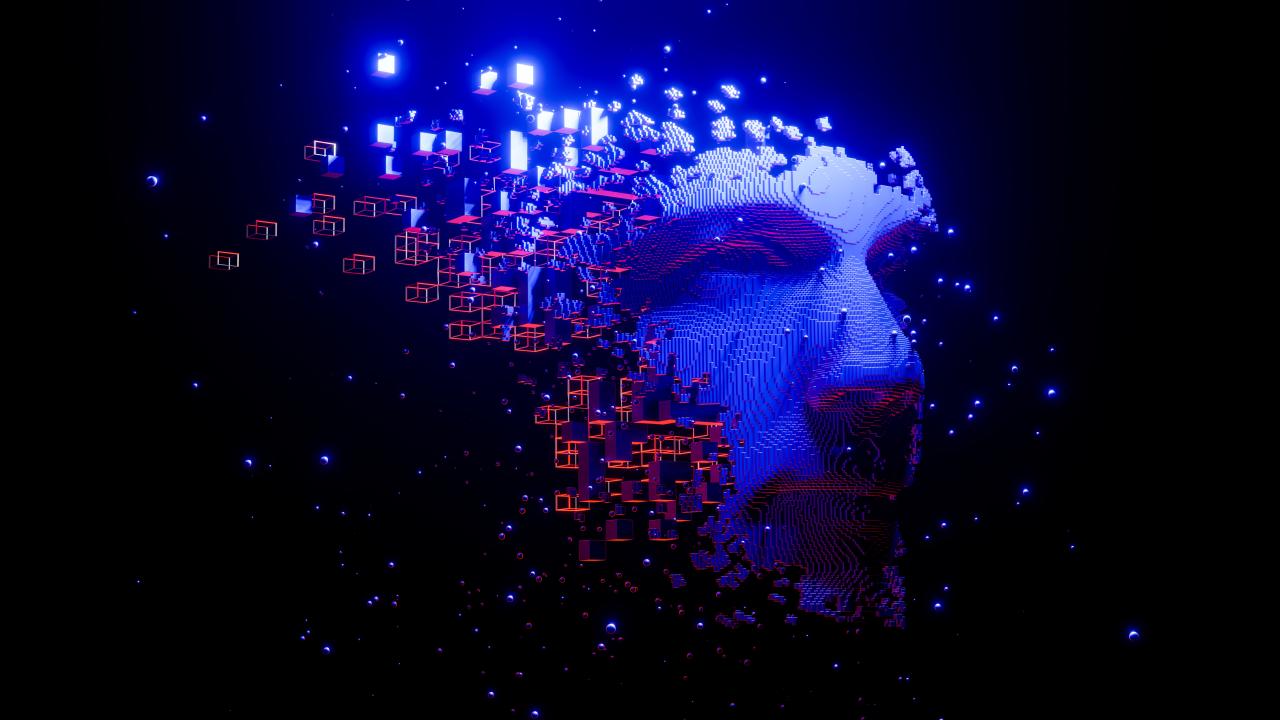Hanken researcher explores how deepfakes are transforming marketing

In late 2017, a user on content and discussion platform Reddit uploaded several adult videos in which the faces of pornographic actors had been replaced by those of celebrities. The videos were created using an artificial-intelligence (AI) technique that generates realistic looking yet fake content. We now refer to such content by the original Reddit user’s pseudonym: Deepfakes.
Today deepfakes proliferate on the internet, yet there has been little academic research into the threats and opportunities the technology presents. Assistant Professor Mustak is helping to fill this gap through actively researching in the field. His latest paper, co-written with Hanken's Assistant Professor Arafat Rahman and several other academics, was published in the January 2023 Opens in new window edition of the renowned Journal of Business Research.
“A deepfake can be any form of media: a photo, a video, or even just a voice. Cutting-edge computer science is used to create them, but you need neither a sophisticated Hollywood studio nor even a very powerful computer. With cloud-based computing and some basic competence, you can generate a deepfake in a matter of minutes,” says Mustak.
“This is fascinating in terms of marketing, but it comes at the price of increased distrust among customers and in society overall. People can no longer believe that what they see or hear is real.”
The dual nature of deepfakes
A deepfake is created by two complementary algorithms, one called a generator and the other a discriminator.
The generator is responsible for creating the content, which it then sends to the discriminator to determine if the content is real or fake. If the discriminator identifies any flaws in the content, it sends this feedback to the generator, which takes the feedback into account to improve the output. This process is repeated thousands of times – sometimes even millions – until the generated content looks indistinguishable from reality.
“This is called a Generative Adversarial Network, or GAN. The process essentially mimics the way humans learn, adding layer upon layer until the content is ready,” says Mustak.
As with many new tools and technologies, deepfakes can be used for both positive and negative purposes.
On the one hand, the technology has a role in education, entertainment and artistic expression. For example, deepfakes were used to create a malaria-awareness video featuring football and fashion icon David Beckham speaking nine different languages. In the Dalí Museum in Florida – named after the late surrealist artist Salvador Dalí – a deepfake of the artist emerges from an electronic display to tell visitors stories about his life.
On the other hand, deepfakes can be used by malicious actors to spread misinformation, manipulate public opinion, or even to blackmail and harm people.
“In one instance, the British subsidiary of a German company received a phone call from someone who sounded just like the company’s CEO. The voice requested the payment of a large sum of money from the subsidiary’s bank account. As no foul play was suspected, the payment was made. But of course it was a deepfake voice and the company lost the money,” says Mustak.
“Revenge porn is another issue, as people can use deepfake technology to create fake explicit videos of their ex-partners,” he says. “While legal action can be taken against such activities, deepfakes in themselves are not illegal. This raises ethical questions about the use of the technology and makes it difficult to regulate.”
Using AI to improve the customer experience
Despite the negatives, Mustak believes deepfakes and other AI technologies present vast opportunities in various fields. Working with a cross-functional international team of academics and technology experts, he’s now exploring the use of AI in marketing.
One of his studies uses AI-driven machine learning to analyse millions of customer social-media posts and automatically identify the pain-points experienced by customers. These pain-points are identifiable problems faced by customers that the companies can explicitly address.
“A customer's expression of ‘company XYZ sucks’ does not express a pain-point, as it provides no actionable insight,” says Mustak. “On the other hand, a complaint such as ‘I had to wait 20 minutes on the phone to reach the customer-service representative’ does represent an insight, as it reveals the specific problem of a long waiting time that the company can try to fix.”
Mustak believes that deepfakes and other AI technology can be used to generate marketing content that addresses the customers’ pain-points in detail. The approach is aimed at saving time and resources for companies while improving their relationships with customers.
"AI has multiple dimensions that can be harnessed to generate marketing content. My research aims to bridge the gap between companies and their customers, using the technology to create a win-win solution for both parties,” says Mustak.
Text: Andrew Flowers


